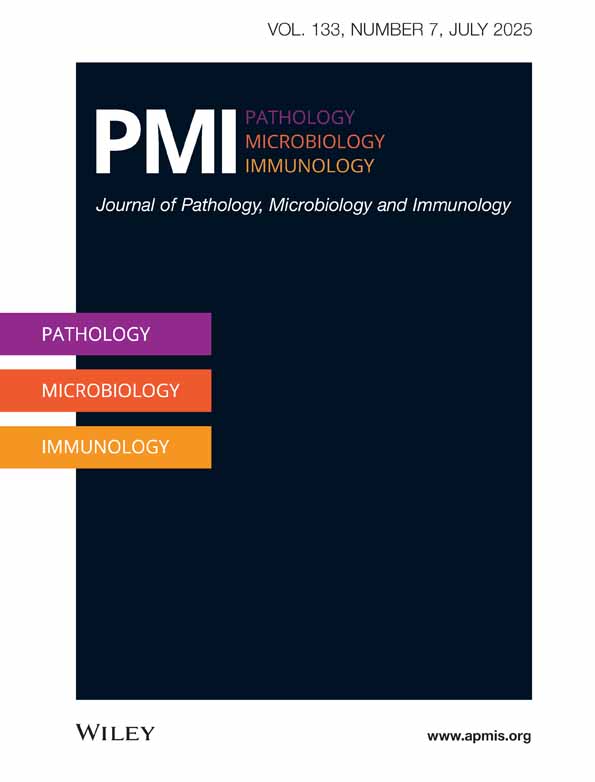Sudden unexpected cardiac deaths among young Swedish orienteers — Morphological changes in hearts and other organs
Abstract
During the years 1979–1992 an accumulation of sudden unexpected cardiac deaths (SUD) occurred among young Swedish orienteers. A reevaluation of material saved from 16 autopsies was undertaken. Myocarditis was most frequent. It was found in different stages in the majority of cases, indicating subacute or chronic disease with ongoing reparative processes. There were severe morphological changes in all cases. All but one showed a picture of fibrosis and unspecific hypertrophy and/or degenerative changes in myocytes. The hearts were classified into three groups (A-C), based on the morphological picture of the retrieved heart tissue and the macroscopic description. Group A comprised five cases in which areas with active myocarditis combined with areas of healing or healed myocarditis widely distributed in the left ventricle were the only morphological changes found. Group B comprised four cases demonstrating foci of myocarditis in different stages in the left ventricle and changes resembling those found in arrhythmogenic right ventricular dysplasia (ARVD), including degenerative changes with fibrosis and fatty infiltration located in either ventricle. Group C comprised the remaining seven cases. In none of the cases were coronary artery or valvular anomalies present, nor significant coronary sclerosis or changes outside the heart that could cause SUD.




